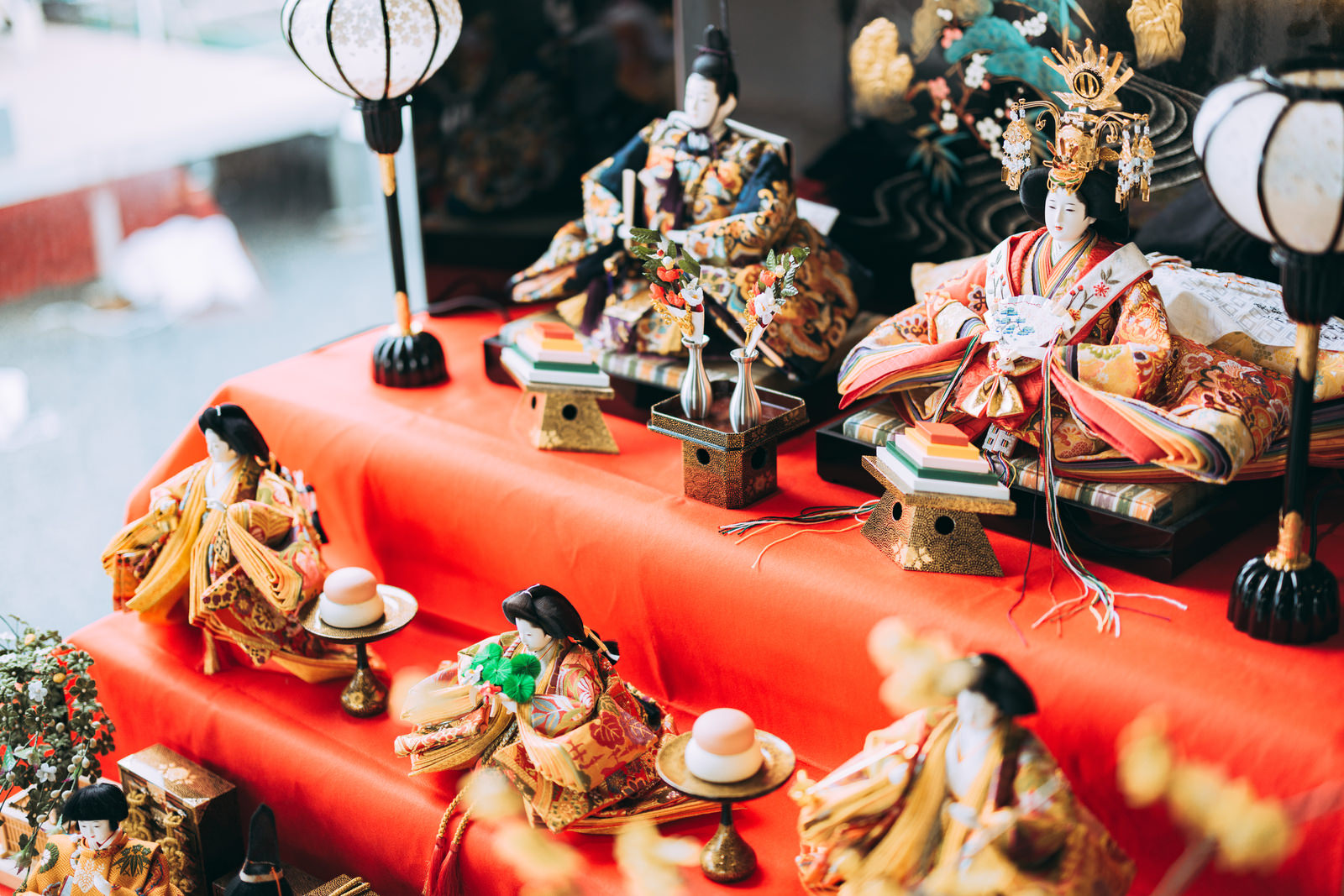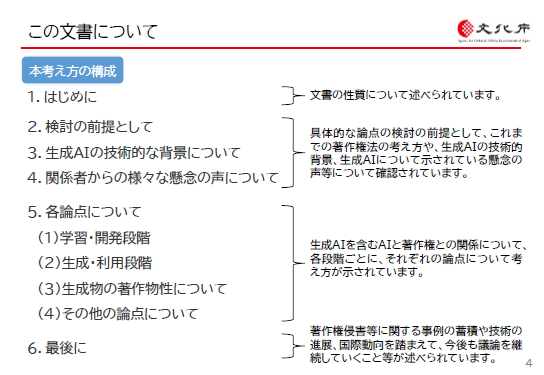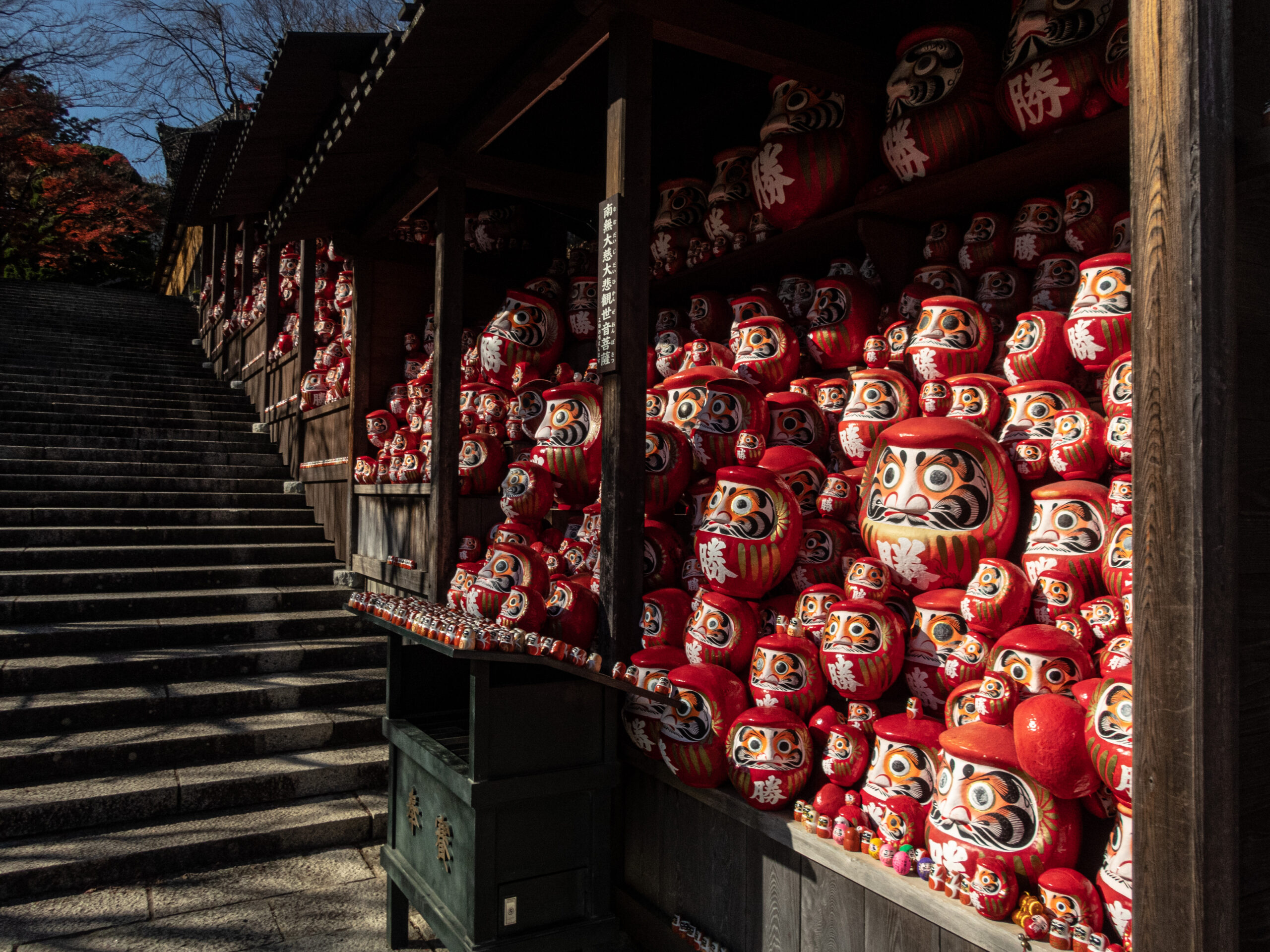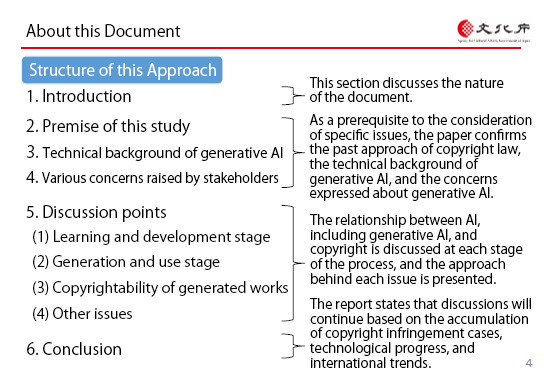目次
3月号【法務】ニュースレター

新たな保護対象についての意匠登録出願動向
2月8日に特許庁HPに、改正意匠法(2020年4月1日施行)に基づく新たな保護対象について出願動向が公表されたので、当ニュースレターでも久しぶりに掲載する。これによると、新たな保護対象となった「画像」、「建築物」、「内装」の意匠、また、関連意匠制度の拡充により本意匠の意匠公報発行後(基礎意匠の出願から10年を経過する日前まで)の関連意匠の出願件数は以下のとおりである(ハーグは除く)。
前回の「新たな保護対象についての意匠登録出願動向」の記事は、2023年の5月号だったので、今回の記事は10か月ぶりとなるが、特許庁HPによると、これらの意匠の出願状況については、多くの企業等から高い関心が示されているとのことで、当所のニュースレターにおいても、引き続き掲載していきたい。
新たな保護対象についての意匠登録出願件数
( )内の数字は10か月で増加した件数)
| 画像 | 建築物 | 内装 |
意匠登録出願件数 | 5,352 (1,246) | 1,469 (399) | 979 (203) |
(2024年2月1日時点で取得可能なもののみ)(特許庁HPより)
新たな保護対象についての登録件数
( )内の数字は10か月で増加した件数)
| 画像 | 建築物 | 内装 |
登録件数 | 3,652 (1,302) | 1,008 (317) | 641 (209) |
(2024年2月1日時点で取得可能なもののみ)(特許庁HPより)
上記1.の意匠登録出願件数には現に審査中のものも含まれており、上記登録件数/上記意匠登録出願件数が登録率となるわけではありません。
関連意匠についての意匠登録出願件数
( )内の数字は10か月で増加した件数)(特許庁HPより)
本意匠の公報発行前の出願 | 12,613 (2,819) |
本意匠の公報発行後の出願 | 3,102 (713) |
(2024年2月1日時点で取得可能なもののみ/本意匠の公報発行前の出願については、2020年4月以降の出願を計上。)
コンセント制度の導入に伴う商標審査基準の改訂について 続報
2024年2月6日、産業構造審議会知的財産分科会商標制度小委員会、第36回商標審査基準ワーキンググループにおいて、パブリックコメントの結果を踏まえた商標審査基準改訂案が示され、審議の結果、改訂案に基づき改訂することが了承された。
今後、庁内の所定の手続きを経た上で、「商標審査基準」の改訂が行われ、2024年4月1日から適用される。
本改訂案では、改正商標法で導入されるコンセント制度(新設:商標法第4条第4項)により登録が認められるための要件について、具体的に明らかになった。商標実務に直接影響を与えるので茲に紹介する。
※2024年2月6日時点における情報をもとに作成しています。実際に開始される運用は異なるものになる可能性がある点、ご留意ください。
第4条第4項(先願に係る他人の登録商標の例外)
適用要件と判断時期
要件 | 判断時期 |
A.他人の承諾 | 査定時 |
B.混同を生ずるおそれがない | 査定時 + 将来にわたって |
「B.混同を生ずるおそれがない」に該当するか否かの考慮事由
下記の①から⑧のような、両商標に関する具体的な事情を総合的に考慮して判断される。なお引用商標と同一の商標であって、同一の指定商品又は指定役務について使用するものは、原則として混同を生ずるおそれが高いものと判断される。
① 両商標の類似性の程度
② 商標の周知度
③ 商標が造語よりなるものであるか、又は構成上顕著な特徴を有するものであるか
④ 商標がハウスマークであるか
⑤ 企業における多角経営の可能性
⑥ 商品間、役務間又は商品と役務間の関連性
⑦ 商品等の需要者の共通性
⑧ 商標の使用態様その他取引の実情
≫≫≫「⑧ 商標の使用態様その他取引の実情」の具体例
a. 使用する商標の構成
(例)図形と文字を常に同じ位置関係で使用していること、常に特定の色や書体を使用していること
b. 商標の使用方法
(例) 商品の包装の特定の位置にのみ使用していること、常に社名・社章等の他の標章を併用していること、常に打消し表示(特定の他者の業務に係る商品等であることを否定する表示)を付加していること
c. 使用する商品等
(例) 同じ「コンピュータプログラム」でも出願人と先行商標権者とで明らかに業種が異なること(ゲーム用と医療用)、価格帯が異なること。
d. 販売・提供方法
(例) 一方は小売店等で不特定多数に販売し、他方は個別営業による受注生産のみを行っていること
e. 販売・提供の時季
(例) 一方は春季のみ販売し、他方は秋季のみ販売していること
f. 販売・提供地域
(例) 一方は北海道の店舗でのみ販売し、他方は沖縄県の店舗でのみ販売していること
g. 混同を防止するために当事者間でとることとされた措置
(例) 両商標に混同を生ずるおそれを認めたときは、相手方にその旨を通知し、協議の上、混同の防止又は解消のための措置をとること
[参照]
https://www.jpo.go.jp/resources/shingikai/sangyo-kouzou/shousai/shohyo_wg/36-gijiyoushi.html
文化庁「AIと著作権に関する考え方について(素案)」に関する意見募集の実施
先月号でもご紹介したとおり、文化庁は、2024年1月23日~同2月12日の間、「AIと著作権に関する考え方について(素案)」に関する意見募集を実施した。
著作物に表現された思想又は感情の享受を目的としない(非享受目的)行為については著作権法が保護しようとしている著作権者の利益を通常害するものではないと考えられ、柔軟な権利制限規定の整備に際し、広く権利制限の対象とされた(30条の4)。一方、生成AIについては、AI開発のための学習にはどの範囲で著作物を利用できるのか、AI生成物による著作権侵害が生じるのではないか、といった懸念の声が上げられている。
素案は、AIと著作権の関係を直接的に取り扱った判例等が未だ乏しい現況を踏まえ、AIと著作権法との関係について、文化審議会著作権分科会法制度小委員会としての現時点における考え方を整理したものであり、以下の項目に分かれている。

今回の意見募集に対し、各種団体やグループからさまざまな意見が提出された。意見を提出した日本新聞協会や日本音楽著作権協会(JASRAC)は、現行の著作権法に関して従来よりも踏み込んだ解釈を明らかにした点等を一定評価する一方、解釈だけでは権利保護を図るには限界があるとして、立法論を含む本格的な検討を急ぐよう求めた。
文化庁は、意見募集を経て、今年度中に内容を確定することを目指している。
参考URL:
https://www.bunka.go.jp/shinsei_boshu/public_comment/93997301.html
https://www.pressnet.or.jp/news/headline/240209_15318.html
https://www.jasrac.or.jp/release/24/02_3.html
Newsletter translated into English

Trends in Design Registration Applications for New Subjects of Protection
On February 8, the JPO published a report on application trends for new protected designs under the revised Design Law (enforced on April 1, 2020) on its website. According to this report, the number of applications for “graphic images,” “buildings” and “interior” designs, which are newly protected, and the number of applications for related designs after the publication of the design gazette (before the expiration of 10 years from the filing of the basic design) due to the expansion of the related design system are as follows (excluding The Hague).
Since our last article on “Trends in Design Registration Applications for New Subjects of Protection” appeared in our newsletter of May 2023, this article is the first on this matter after 10 months. According to the JPO website, many companies and others have shown a high level of interest in the status of applications for these designs, and we will continue to publish related articles in our newsletters.
Number of applications for design registration for new subjects of protection
(Numbers in parentheses indicate the number of applications that increased in the past 10 months)
| Graphic Image | Building | Interior |
Number of applications for design registration | 5,352 (1,246) | 1,469 (399) | 979 (203) |
(Only those available as of February 1, 2024) (source: JPO website)
Number of registrations for new subjects of protection
(Numbers in parentheses indicate the number of applications that increased in the past 10 months)
| Graphic Image | Building | Interior |
Number of registrations | 3,652 (1,302) | 1,008 (317) | 641 (209) |
(Only those available as of February 1, 2024) (source; JPO website)
The numbers of applications for design registration in 1. above includes those currently under examination. Therefore, the number or design registrations divided by the number of applications for design registration does not result in the registration rate.
Number of design registration applications for related designs
(Figures in parentheses indicate the number of applications that increased in 10 months) (source: JPO website)
Applications filed prior to publication of the principle design in the Gazette | 12,613 (2,819) |
Applications filed after publication of the principle design in the Gazette | 3,102 (713) |
(Only those available as of February 1, 2006 / For applications filed before the publication of the principle design gazette, applications filed in April 2020 or later are counted.)
Revision of Trademark Examination Guidelines with the Introduction of the Consent System – Follow-up Report
On February 6, 2024, at the 36th meeting of the Working Group on Trademark Examination Standards, Subcommittee on Trademark System, Intellectual Property Committee of the Industrial Structure Council, a draft revision of the Trademark Examination Standards based on the results of public comments was presented, and after deliberation, it was agreed to revise the standards based on the draft revision.
Following the completion of the prescribed procedures at the Office the “Trademark Examination Guidelines” will be revised and come into effect on April 1, 2024.
The draft revision clarifies in detail the requirements for registration under the Consent System (newly established: Article 4(4) of the Trademark Law) to be introduced under the revised Trademark Law. Since it has a direct impact on trademark practice, we introduce it hereafter.
*This article is based on information as of February 6, 2024. Please note that the actual operation to be initiated may be different.
Article 4(4) (Exception for registered trademarks of others pertaining to prior applications)
Applicability requirements and timing of determination
Requirements | Time of decision |
A. Consent of another person | at the time of examiner’s decision |
B. No likelihood of confusion | at time of examiner’s decision + in the future |
Reasons to consider whether or not the trademark falls under “B. No likelihood of confusion”
The judgment will be made by comprehensively taking into consideration the specific circumstances of the two trademarks as described in (i) through (viii) below. In principle, a trademark that is identical to a cited trademark and that is used in connection with the same designated goods or designated services is considered to have a high likelihood if confusion.
(i) Degree of similarity between the two trademarks
(ii) Degree to which the trademark is well-known
(iii) Whether the trademark consists of a coined word or has a distinctive feature in its structure
(iv) Whether the trademark is a house mark
(v) The likelihood of diversified management in the company
(vi) Relationship between goods, between services, or between goods and services
(vii) Commonality of consumers of the goods, etc.
(viii) The manner in which the trademark is used and other actual conditions of transactions.
≫≫≫Specific examples of “(viii) the manner in which the trademark is used and other actual conditions of transactions”
a. Structure of the trademark to be used
(Example) Always using figurative elements and letters in the same positional relationship; always using a specific color or typeface.
b. How the trademark is used
(Example) Use of the trademark only in a specific position on the packaging of the goods; use of the trademark in combination with other marks such as company name, company emblem, etc.; use of a strike-through indication (an indication denying that the goods, etc. are connected to the business of a specific other person).
c. Goods, etc. used
(Example) The same “computer program” but the applicant and the prior holder of the trademark are clearly in different industries (e.g., for games and for medical use), or in different price ranges.
d. Method of sale/provision
(Example) One sells to an unspecified number of people through retail stores, etc., while the other is only carries out made-to-order through individual sales.
e. Season of sale/provision
(Example) One sells only in the spring season, while the other sells only in the fall season.
f. Region of sale/supply
(Example) One sells only at stores in Hokkaido, while the other sells only at stores in Okinawa Prefecture.
g. Measures taken by the parties to prevent confusion
(Example) If a likelihood of confusion between the two trademarks is recognized, the other party is notified to that effect and, upon consultation, measures are taken to prevent or eliminate the confusion.
[See also]
https://www.jpo.go.jp/resources/shingikai/sangyo-kouzou/shousai/shohyo_wg/36-gijiyoushi.html
Agency for Cultural Affairs Invites Opinions on “Approach to AI and Copyright (Draft)”
As mentioned in last month’s issue, the Agency for Cultural Affairs solicited opinions from January 23 to February 12, 2024, on its ” Approach to AI and Copyright (Draft)”.
It is considered that acts not for the purpose of enjoyment of thoughts or feelings expressed in a work (non-enjoyment purposes) do not usually harm the interests of copyright holders, which the Copyright Act is intended to protect. Thus such acts are widely considered to be subject to restriction of rights (Article 30(4)) when flexible restriction of rights is established. On the other hand, concerns have been raised about generative AI, such as to what extent copyrighted works can be used for learning in the development of AI, and whether AI products may infringe copyrights.
In light of the current lack of precedents directly dealing with the relationship between AI and copyright, the draft outlines the current approach of the Subcommittee on Legal System of the Copyright Committee of the Council for Cultural Affairs on the relationship between AI and copyright law, and is divided into the following items.

Various organizations and groups submitted a variety of opinions in response to this call for comments. The Japan Newspaper Publishers and Editors Association and the Japanese Society for Rights of Authors, Composers and Publishers (JASRAC), which submitted opinions, gave a certain amount of credit for clarifying a more in-depth interpretation of the current Copyright Act than in the past, but also stated that interpretation alone has limitations in protecting rights and urged an urgent full-scale study, including legislative discussions.
The Agency for Cultural Affairs aims to finalize the content by the end of this year after soliciting opinions.
Reference URL:
https://www.bunka.go.jp/shinsei_boshu/public_comment/93997301.html
https://www.pressnet.or.jp/news/headline/240209_15318.html
https://www.jasrac.or.jp/release/24/02_3.html
